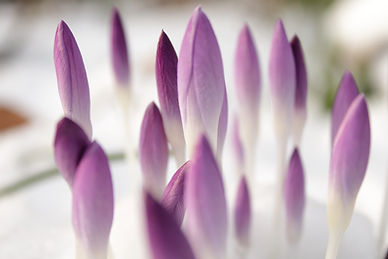
What does Essential Oil Skin Sensitization mean?
Skin Sensitization is a condition where the skin has developed a sensitivity to something, and in this case to an Essential Oil.
Why does Skin Sensitization happen? Firstly, we have to acknowledge that 100% Pure Essential Oils are extremely potent, and extremely concentrated. Some Essential Oils require tons of a plant or flower part just to get a drop of the Essential Oil.
For instance, according to a source: "It takes 116 plants to make one pound of lavender essential oil.".
If we work out the math, what it means is that a 10ml bottle of Lavender would be filled from about 2 - 3 Lavender plants. A flowering Lavender plant is about 2 foot tall. That is a lot of Lavender in a tiny drop of Essential Oil. There is a also a very concentrated amount of the constituents of Lavender. Think about this like fruit juice concentrates - they are usually thick, dense & heavy in taste, which is usually impossible to drink on their own. Other than possible side effects to our internal systems, the taste itself may actually make us feel ill. So imagine our bodies being subjected to this level of concentration from Essential Oils when we apply them to our delicate skins.
Getting on to Skin Sensitization then: "In contrast to skin irritation, Skin Sensitization is an immunological response to previous exposure to a substance which results in an inflammatory skin reaction. An allergic skin reaction is usually presented as a red, itchy, bumpy rash. Previous exposure to a specific substance is necessary for skin sensitization."
What this means is: applying Pure Essential Oils without proper dilution may lead to skin reactions. Once a skin reaction occurs (which is our body's immune system attempt to protect our bodies), our immune system is triggered to protect our bodies from future attacks by the same substance. As such, once a skin reaction occurs, we have what we call Skin Sensitization - our skins are sensitized not to accept this Essential Oil again, which is our body's protective mechanism at play.



